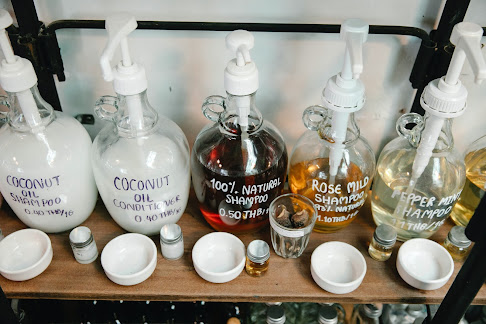As an interactive technique implemented during a psychotherapy session, Eye Movement Desensitization and Reprocessing (EDMR) therapy relieves psychological stress and anxiety. Mental health specialists use EMDR therapy to treat victims of trauma and post-traumatic stress disorder (PTSD). During an EMDT therapy session, the therapist overseeing the session encourages you to relive a traumatic experience that has a negative impact on your life.
What Are the Benefits of EMDR Therapy?
The primary benefit of EMDR is the fast rate that a therapist can help you resolve the issues surrounding the traumatic event that you experienced. One research study demonstrated “EMDR was twice as effective in half the amount of time of standard traditional psychotherapeutic care.”
Another benefit of undergoing EMDR concerns the limited amount of detail you have to divulge about the traumatic event. As opposed to talk therapies, you do not have to dig deep into your memory to resolve the issues surrounding a traumatic event. Although communicating with your therapist remains important, it is just as important for you to reprocess the traumatic event during the eye movement session.
EMDR represents a three-level approach to therapy by integrating somatic, cognitive, and behavioral methods. This approach takes the most effective elements of each of the three types of therapy and seamlessly blends them into an EMDR session. EMDR shares some of the characteristics of individual adult therapy, but it splits with conventional treatment methods by controlling your eye movement while you reprocess information.
How Does EMDR Work?
A licensed therapist breaks down EMDT into eight phases, with treatment requiring four phases of progression. First, your therapist reviews your history and then decides where you stand in the treatment process. You can expect a preliminary discussion concerning the traumatic event you experienced. Phase two involves preparation, which consists of you learning about the different strategies for coping with emotional and/or psychological stress. The assessment phase requires your therapist to identify short bursts of memory that get targeted for therapy. This phase of the eight-phase therapy program sets the table for the treatment phase.
During the four-session treatment phase, your therapist asks you to focus on the negative short bursts of memory you shared during the assessment phase. While you focus on the negative short bursts of memory, your therapist asks you to complete different eye movements. The stimulation can lead to other types of movements, such as tapping your fingers or raising one of your arms. After the bilateral stimulations, your therapist asks you to let your mind go blank to provide you with an opportunity to reflect on your thoughts and feelings. When you recollect your thoughts, your therapist might ask you to refocus on the negative short burst of memory.
The last phase of the process involves the evaluation of your progress to date, which is done both by you and your therapist. Although the treatment program moves through eight distinct phases, you might attend as many as 12 therapy sessions.








